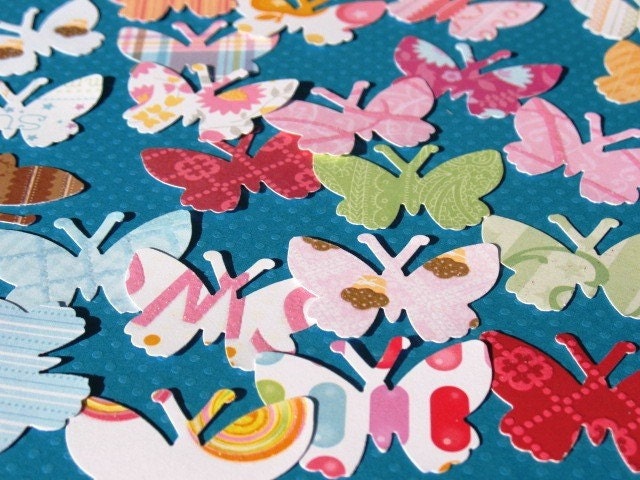To start off, here is a recipe for a Breakfast Casserole. You need to make this one up at least a day in advance, so it is perfect for a morning where time or a headache may be an issue! In fact, this is my Christmas day tradition, so you may have seen it before. If you haven't tried it though, you are really missing out!
You will need;
6 slices of stale bread
8 eggs
2 cups of milk
1/2 tsp salt
1/4 tsp mustard (I use 1/8 tsp spicy brown and 1/8 tsp yellow) *the original recipe calls for dry mustard but I like the prepared mustard better!
1 1/2 pounds cooked and drained sausage
10 ounces of shredded cheddar cheese. If you like, you can use 8 oz cheddar and 2 oz of jack instead.
Dry your bread out ahead of time, or place in low oven until dried. Spray a 9x13 casserole pan, and lay the bread in the bottom of the pan. Then layer in the cheeses and the sausage.
In a bowl, mix together the eggs, mustard, salt and milk. When mixed well, pour over the sausage and bread. Cover and place in the refrigerator overnight. The next day, cook covered at 325 for an hour, or until slightly brown on the top. You may need to remove the covering and cook an additional 5 minutes to brown the top.
If you add a fruit salad, which you can purchase already prepared in the frozen section, you have a perfect and well balanced breakfast, sure to get any day off to a great start.
Of course, snack type foods are great for game time. We like to fix chicken wings, meatballs, and a tray of fresh vegetables and dips for all day snacking. You can purchase frozen chicken wings, already in the sauce and bake in the oven to save yourself time and effort. The vegetables can all be cleaned and cut and placed in baggies a day or two before the first. And dips can also be purchased already prepared to save yourself time. But here are a few to make from scratch if you are up to it!
Buffalo Chicken Dip tastes like buffalo wings, so it's not for those who don't like a little heat. Serve it with some celery and/or some chicken flavored crackers for a delicious pairing. We actually had this Christmas eve and it was soo worth the effort!
You will need;
2 (10 ounce) cans of chunk chicken, drained
2 (8 ounce) packages of softened cream cheese
1 cup of ranch dressing
1 1/2 cup shredded cheddar cheese
3/4 cup hot sauce (such as Franks Red Hot or the like)
Heat the chicken and the hot sauce in a skillet, over a medium heat until it is heated throughout. Then stir in the cream cheese and the ranch dressing. Continue cooking and stirring until it's well blended and warm. Mix half of the shredded cheese into the pan, then transfer the mix to a slow cooker. Sprinkle the remaining cheese over the top, cover, and cook on the low setting until it is hot and bubbly.
One of my most favorite dips is Spinach Dip that is served in a carved out bread bowl. And my favorite bread for this dip is Hawaiian bread, but you can use a sour dough or your favorite. You will need;
1 cup of mayonnaise or miracle whip, whichever you prefer
16 ounces of sour cream
1 (1.8 ounce) package of dry leek soup mix
4 ounces of water chestnuts, drained and chopped
10 ounces of frozen spinach, thawed, chopped and drained
a 1 pound loaf of round bread, your choice of rye, sour dough or Hawaiian
After you have had the wonderful breakfast casserole and snacked well all day, you will need an easy, yet complete dinner. So there is nothing better than a Crock Pot Casserole. You will need;
1 16 ounce bag of frozen broccoli cuts, thawed and drained
3 cups of cooked and cubed ham
1 can (10.75 ounce) condensed cream of mushroom soup, undiluted
1 8 ounce jar of process cheese sauce
1 cup milk
1 cup uncooked instant rice
1 celery stalk, chopped small
1 medium onion, peeled and chopped
To cook, just toss the the broccoli, rice, celery, onion and ham into the crock pot. In a bowl, combine the cheese sauce, soup, and milk. Stir until it is well mixed, then pour into the crock pot and stir again. Cover and cook on low for 4 hours, or until the rice is tender. Make sure to leave the lid on at all times (otherwise you loose too much heat and affect the cooking time).
There will not be a Monday post, so please come back and visit January 2, 2012!










